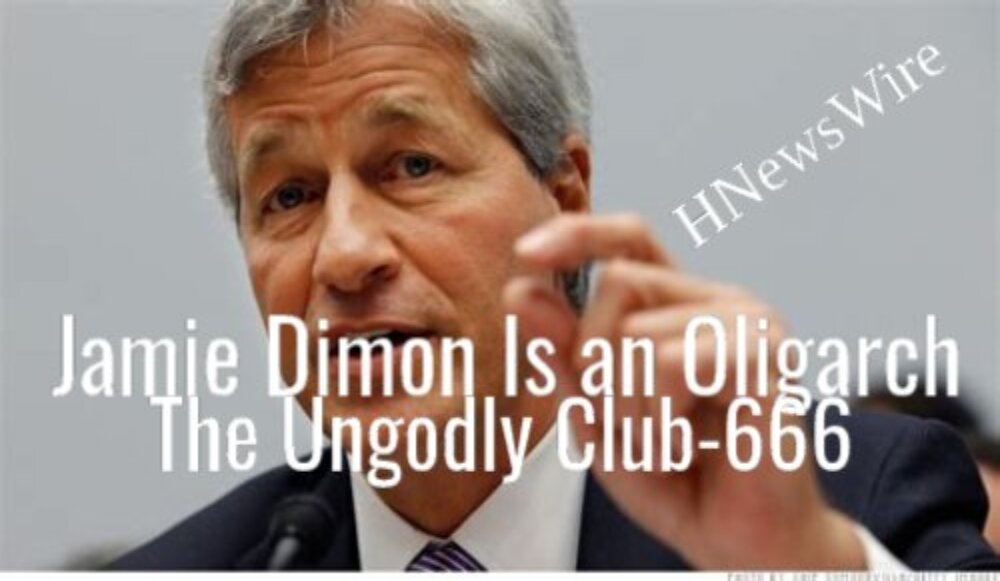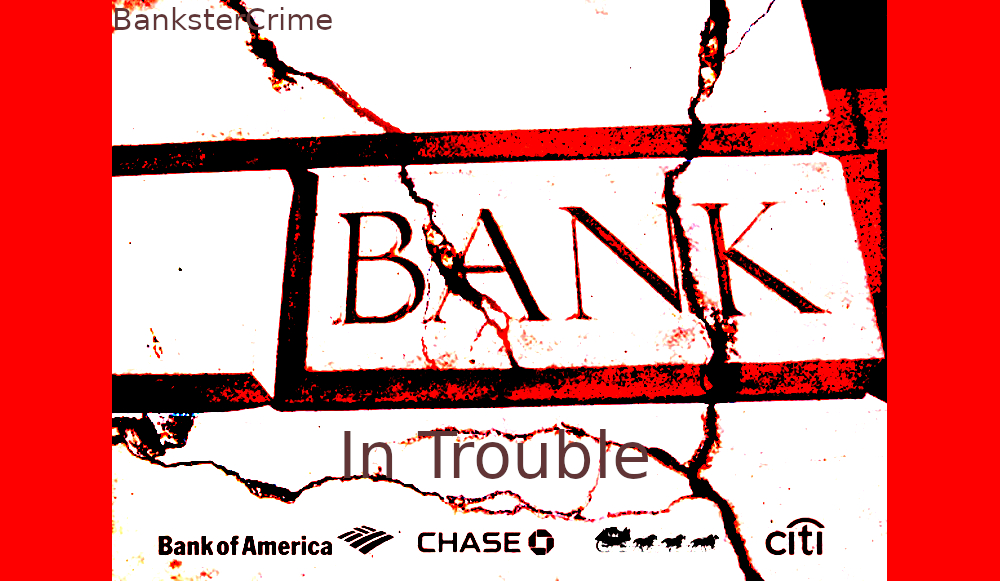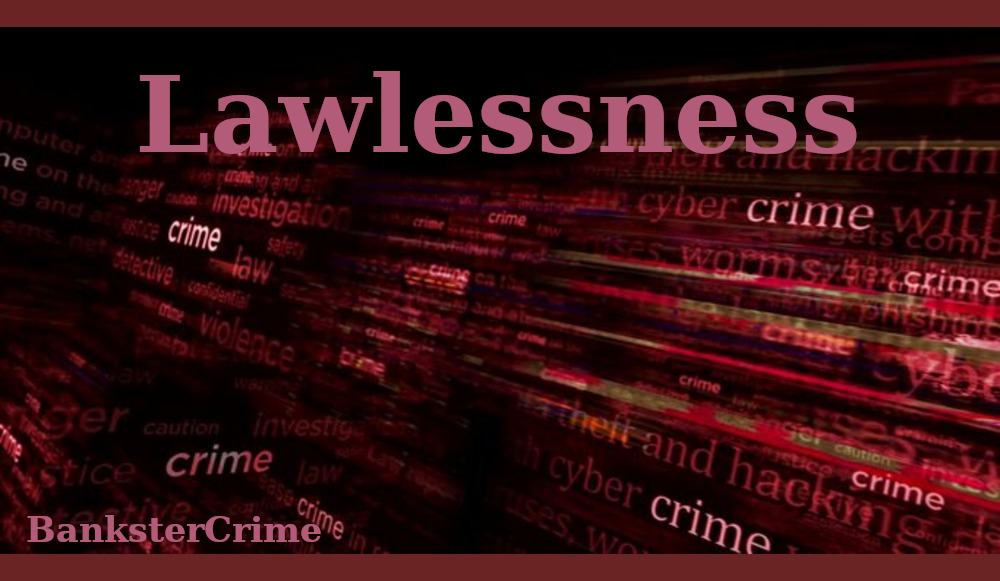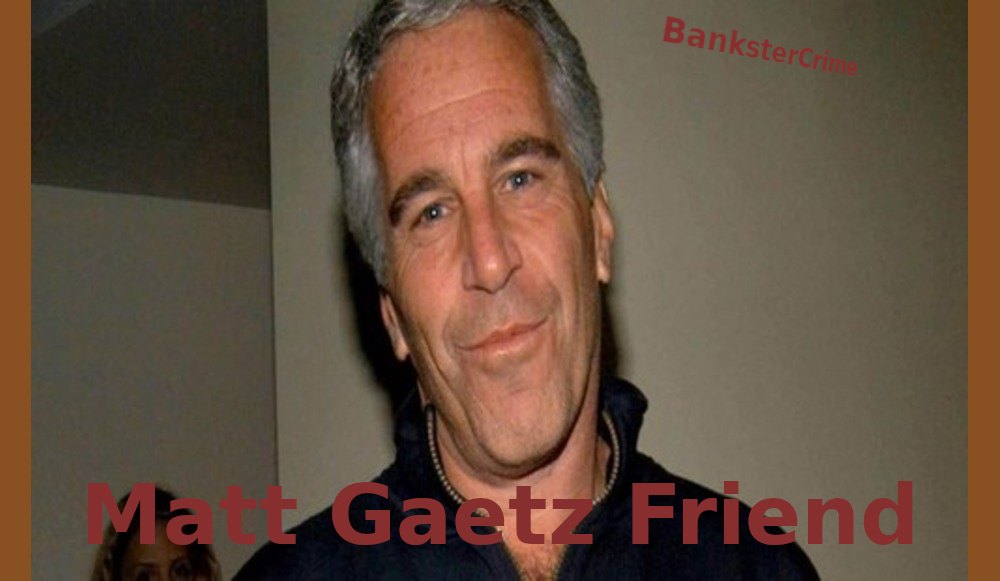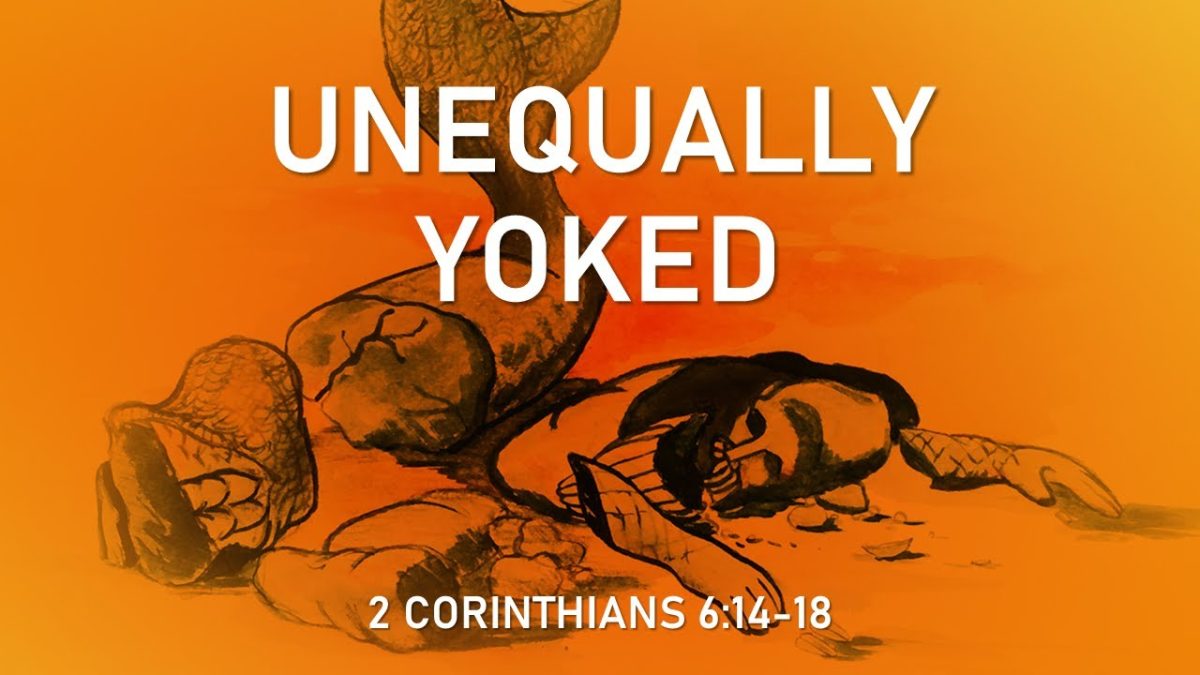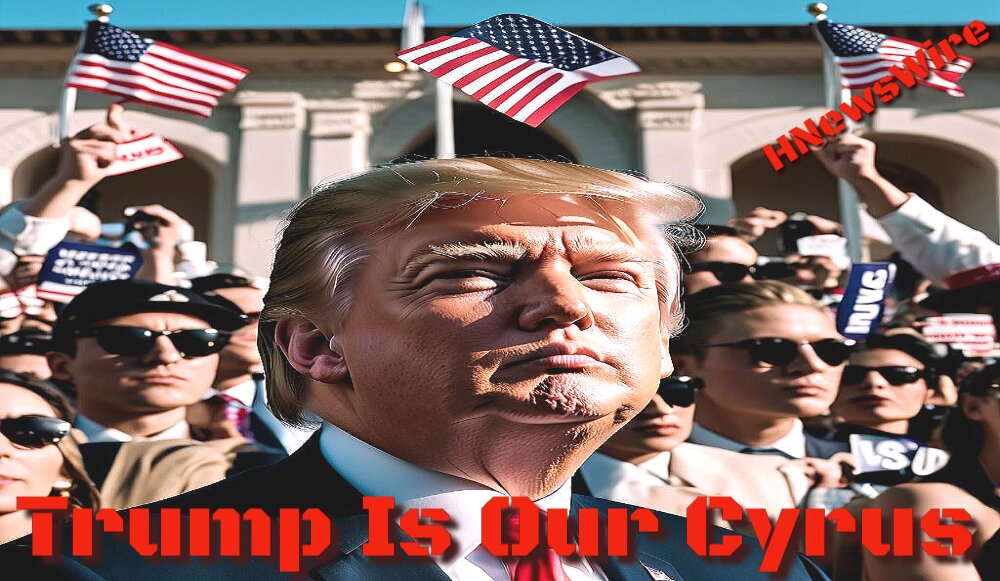JPMorgan Is Controlling Fossil Fuels Empire, Which Just Spilled a Million Gallons of Oil in Gulf of Mexico–This Gang of Chase Lowlifes Need to be Shut-down
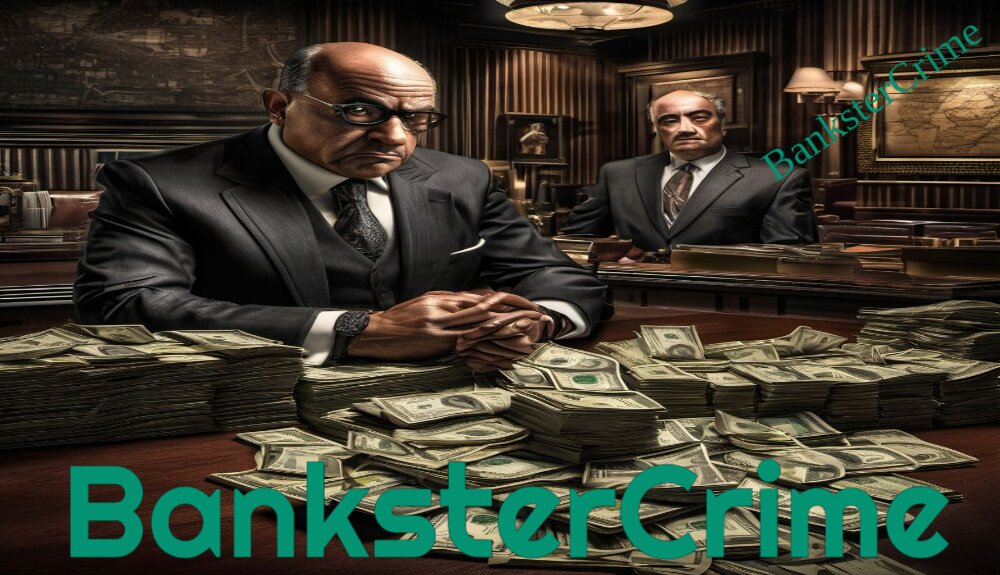
BanksterCrime:
By Pam Martens and Russ Martens:
The formidable Washington watchdog, Public Citizen, has trained its sights on JPMorgan Chase, Jamie Dimon’s house of serial frauds and felony counts that is allowed to also operate as the largest federally-insured bank in the United States.
Public Citizen’s pursuit of JPMorgan Chase began in 2019 when its Energy Program Director, Tyson Slocum, began investigating a hodge podge of private equity shell companies using the name Infrastructure Investments Fund (IIF). At the time, IIF was in the process of buying El Paso Electric and Public Citizen smelled something rotten and started digging. Public Citizen concluded that JPMorgan Chase was controlling IIF. Public Citizen then filed a series of complaints in the matter with the Federal Energy Regulatory Commission (FERC).
FERC is not a federal agency that JPMorgan Chase should be riling up again. In 2013, FERC fined the bank $410 million for rigging electric markets.
In September of this year, FERC sided with Public Citizen, issuing a finding that JP Morgan Chase’s subsidiary, JP Morgan Investment Management, Inc., is an affiliate of IIF, and that their contractual relationship “undermines any potential for independence between the two entities.”
With that finding in hand, Public Citizen sent a letter on September 25 to Michael Barr, the Vice Chair for Supervision at the Federal Reserve. The letter asked the Fed to “initiate a formal investigation to determine whether JP Morgan Chase has violated the Bank Holding Company Act in its creation, operation and control over IIF and its sprawling network of energy companies and utilities, and whether it has violated the Volcker Rule’s prohibitions of banks sponsoring private equity funds.”
The Public Citizen letter to Barr described the massive fossil fuels holdings of JPMorgan as follows:
“…JP Morgan Chase is now affiliated with and has some level of control over a nuclear power plant in Arizona; four different electricity, natural gas and water utilities across the United States with over 3 million captive customers; an extensive network of petroleum storage facilities in 11 U.S. states and Canada; six natural gas storage facilities in the U.S.; two deepwater offshore oil/gas production platforms and 1,900 miles of subsea and onshore pipelines connecting offshore Gulf of Mexico oil/gas production to several U.S. states; at least 13 natural gas power plants with nearly 5,000 MW of capacity across the United States; an airport in Toronto, Canada; and the official natural gas supplier to the NFL’s Buffalo Bills. Outside of North America, JP Morgan, through IIF, is affiliated with extensive oil and gas operations in the North Sea; railroads; marine cargo shipping; a natural gas utility in Spain; airports in Australia; and a UK water utility. In almost every instance, JP Morgan executives serve on IIF’s portfolio companies.”
This is not the first time that Wall Street mega banks have been investigated over their secret holdings of physical commodities.
In November 2014 the U.S. Senate’s Permanent Subcommittee on Investigations, chaired by the late Senator Carl Levin, released a stunning report detailing how Wall Street’s too-big-to-fail banks had stealthily, through shell companies, gained ownership of a massive amount of the nation’s critical industrial commodities like oil, aluminum, copper, natural gas, and even uranium. The report said the scale of these bank holdings “appears to be unprecedented in U.S. history.”
The Wall Street mega banks are holding trillions of dollars in FDIC insured deposits. If they experience a catastrophic commercial accident through a ruptured pipeline, tanker oil spill, or power plant explosion, it could once again put the taxpayer on the hook for a bailout or cause another banking panic and bank runs.
The Levin report addressed the element of catastrophic risk, writing:
“While the likelihood of an actual catastrophe remained remote, those activities carried risks that banks normally avoided altogether. Goldman [Sachs], for example, bought a uranium business that carried the risk of a nuclear incident, as well as open pit coal mines that carried potential risks of methane explosions, mining mishaps, and air and water pollution…Morgan Stanley owned and invested in extensive oil storage and transport facilities and a natural gas pipeline company which, together, carried risks of fire, pipeline ruptures, natural gas explosions, and oil spills. JPMorgan bought dozens of power plants whose risks included fire, explosions, and air and water pollution. Throughout most of their history, U.S. banks have not incurred those types of catastrophic event risks.”
One would think that the mega banks’ regulator, the Federal Reserve, would be the first line of defense against this type of dangerous sprawl by banks. According to the Levin Subcommittee report, the Federal Reserve was actually the facilitator of the sprawl into physical commodities by the banks. The report notes:
“Without the complementary orders and letters issued by the Federal Reserve, many of those physical commodity activities would not otherwise have been permissible ‘financial’ activities under federal banking law. By issuing those complementary orders, the Federal Reserve directly facilitated the expansion of financial holding companies into new physical commodity activities.”
For why the Fed is a captured, incompetent regulator of Wall Street mega banks, see our report: These Are the Banks that Own the New York Fed and Its Money Button.
There are very real concerns that Wall Street mega banks’ ownership of physical energy assets while trading trillions of dollars in oil and gas futures and OTC derivatives may be used to rig markets.
On January 15, 2014, Norman Bay, the Director of the Office of Enforcement at FERC, explained in detail how the rigging of the commodities markets might be conducted in his testimony before the Senate Banking’s Subcommittee on Financial Institutions and Consumer Protection. Bay stated:
“A fundamental point necessary to understanding many of our manipulation cases is that financial and physical energy markets are interrelated…a manipulator can use physical trades (or other energy transactions that affect physical prices) to move prices in a way that benefits his overall financial position. One useful way of looking at manipulation is that the physical transaction is a ‘tool’ that is used to ‘target’ a physical price…The purpose of using the tool to target a physical price is to raise or lower that price in a way that will increase the value of a ‘benefitting position’ (like a Financial Transmission Right or FTR product in energy markets, a swap, a futures contract, or other derivative).
“Increasing the value of the benefitting position is the goal or motive of the manipulative scheme. The manipulator may lose money in its physical trades, but the scheme is profitable because the financial positions are benefitted above and beyond the physical losses.”
At a related hearing in 2013, Senator Sherrod Brown asked this:
“Do the benefits of combining these activities outweigh the harm to consumers and manufacturers? Can regulators or the public fully understand these large, complex financial institutions and the risks to which these firms are exposing themselves – and the rest of society? Are the laws and regulations sufficiently stringent and transparent, and are regulators enforcing them aggressively enough? And what do we want our banks to do – make small business loans or refine and transport oil? Issue mortgages or corner the metals market?”
Last Tuesday the public got its answer to “the risks to which these firms are exposing themselves….” Public Citizen reported the following:
“An offshore oil pipeline company controlled by JPMorgan Chase & Co. spilled more than 1 million gallons (more than 26,000 barrels) into the Gulf of Mexico on Monday according to the U.S. Coast Guard. According to reports, the National Oceanic and Atmospheric Administration observed an oil slick 3 to 4 miles wide coming from the pipeline, which is owned by a subsidiary of Third Coast Infrastructure.
“In September, the Federal Energy Regulatory Commission ruled that private equity company IIF, is controlled by banking giant JPMorgan. JPMorgan’s IIF owns 50% of Third Coast, which in turn owns and operates the Main Pass Oil Gathering Company LLC, the source of the oil leak.”
Revelation: A Blueprint for the Great Tribulation


A Watchman Is Awakened


Will Putin Fulfill Biblical Prophecy and Attack Israel?

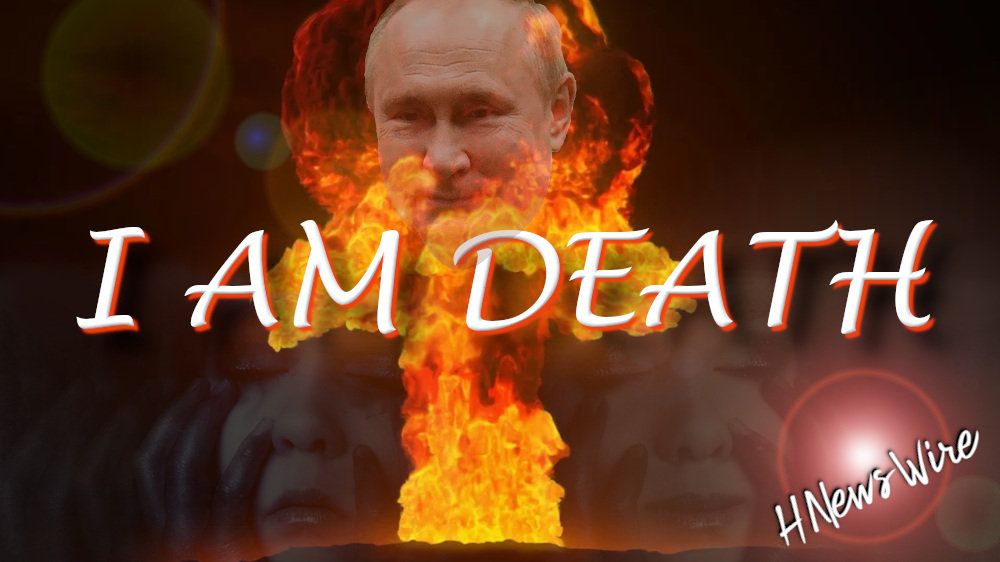

Newsletter
Orphans

Editor's Bio

